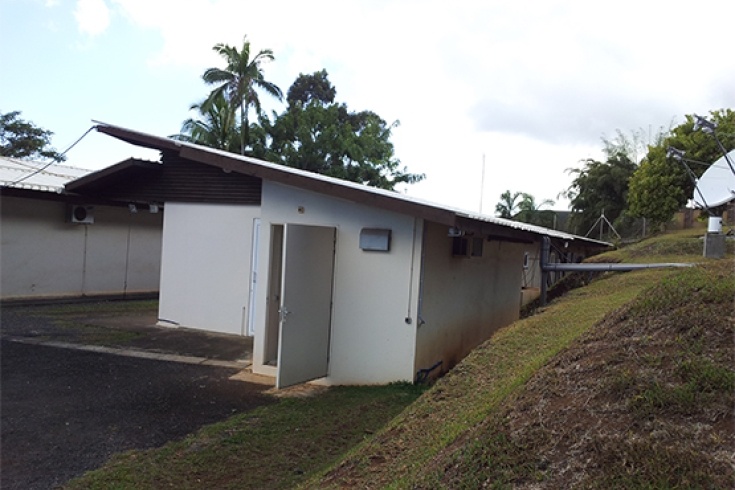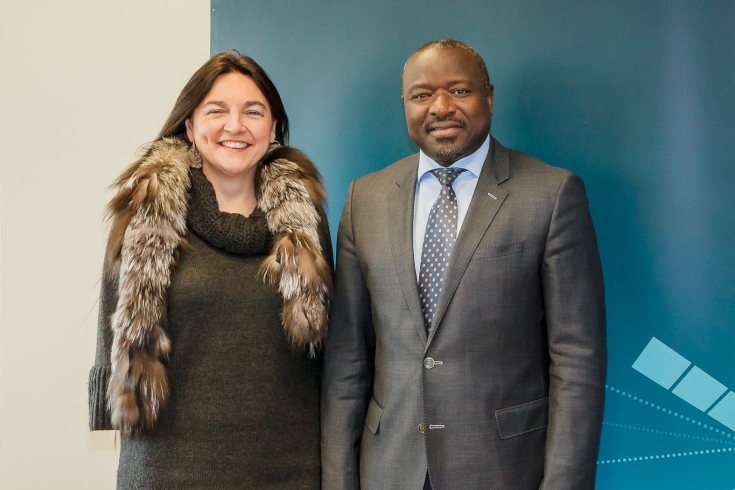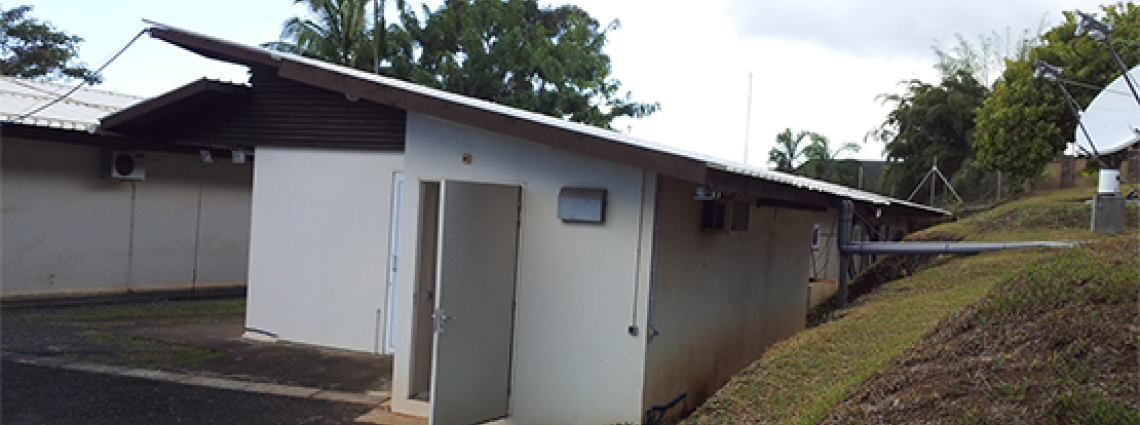NPT Review Conference: P5 statement on mitigating xenon emissions
Certain isotopes of the noble gas xenon – called radioxenon in its radioactive forms are detected by the International Monitoring System (IMS). Through these detections, it can be determined whether a suspicious signal picked up through seismic, infrasound or hydroacoustic means is nuclear in nature. When complete, the IMS will include 40 stations capable of detecting radioxenon. Today, 22 are certified and another eight already installed. Around 18,000 samples of xenon are registered per year.
Radioxenon is a by-product whose releases can be controlled but not curbed entirely during the production of medical isotopes. While they do not pose any health risk, the readings from these emissions look similar to those of a nuclear explosion, and can reduce the IMS's overall detection capabilities. At the 2013 CTBT: Science and Technology Conference in Vienna, a major European producer of radioisotopes agreed to cooperate with the CTBTO in mitigating these effects.

One of 40 noble-gas capable radionuclide stations: RN27, Papeete, Tahiti (France)

Marie-Christine Marghem, Minister for Energy, Environment and Sustainable Development of Belgium and CTBTO Executive Secretary Lassina Zerbo
The P5 recognise that while medical isotope production is a critically important activity and while the objective of ensuring the security of supply of medical radioisotopes is of utmost importance, they share a common interest in minimizing the interference of xenon radioisotope releases with global radioactive monitoring activity. The P5 believe that all States should engage with producers in their regions to assess the amount of emissions and to reduce where it is possible their negative impact on the environment through minimization of emissions from fission-based medical isotope production.
Further, the P5 advocate that the CTBTO Executive Secretary continue working actively with interested States, other relevant international organizations, and with radioisotope production facilities to minimize where it is possible the impact from the release of xenon radioisotopes.
Activities that the P5 support include the series of Workshops on the Signatures of Medical and Industrial Isotope Production (WOSMIP), and an IAEA Coordinated Research Project (CRP) “Sharing and Developing Protocols to Further Minimize Radioactive Gaseous Releases to the Environment in the Manufacture of Medical Radioisotopes, as Good Manufacture Practices”."
2 Mar 2015
